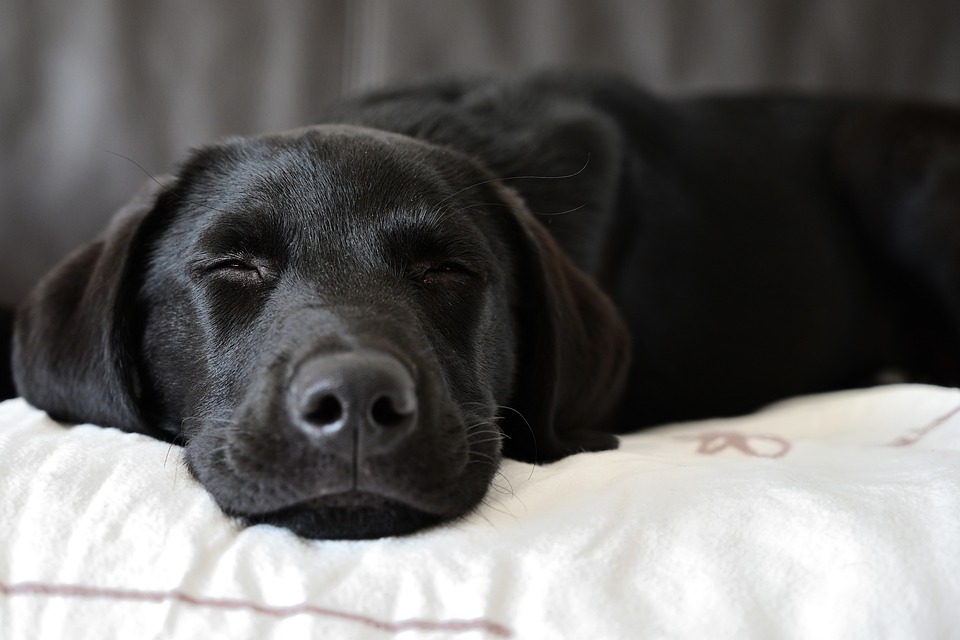Header: How to Train Dogs to Use a Designated Potty Area
Introduction:
Training dogs to use a designated potty area is an essential part of housebreaking and ensuring a clean and hygienic living environment. By following a few effective techniques, you can successfully teach your furry friend to do their business in a specific spot. In this article, we will discuss the step-by-step process, common challenges, and provide expert guidance to make the training process easier for you and your dog.
I. Choosing the Right Designated Potty Area
1.1 Finding an Appropriate Location
When selecting a designated potty area, consider finding a spot that is easily accessible for both you and your dog. It should be convenient and not too far from your home.
1.2 Factors to Consider
Take into account factors such as privacy, safety, and ease of cleaning. You may want to choose an area that is away from high foot traffic to provide your dog with a sense of privacy.
1.3 Indoor vs. Outdoor Potty Area
Decide whether you want an indoor or outdoor designated potty area. Indoor options may include puppy pads or artificial grass, while outdoor areas could be a patch of grass or a specific corner of your yard.
1.4 Creating a Comfortable Space
Make the designated potty area comfortable by providing appropriate covering or flooring. Consider using materials that are easy to clean and maintain.
II. Establishing a Routine
2.1 Consistency is Key
Consistency is crucial when training dogs. Establish a routine and stick to it. Take your dog to the designated potty area at the same times every day.
2.2 Setting Regular Potty Times
Dogs thrive on routine, so establish regular potty times throughout the day. This will help them anticipate when it is time to go and reduce accidents.
2.3 Using Verbal Cues
Use consistent verbal cues, such as “go potty” or “do your business,” when taking your dog to the designated area. This will help them associate the cue with the desired behavior.
2.4 Rewarding Good Behavior
Positive reinforcement is key to successful training. Reward your dog with treats, praise, or playtime when they use the designated potty area correctly. This will reinforce the behavior and encourage them to continue using the designated spot.
III. Introducing the Potty Area
3.1 Introduce the Scent
To help your dog understand that the designated area is for potty purposes, introduce a scent, such as their own urine or feces, to the area. This will help them associate the smell with the appropriate behavior.
3.2 Encouraging Exploration
Allow your dog to explore the designated potty area and become familiar with it. This will help them feel more comfortable and confident in using the spot.
3.3 Supervision and leash Training
Initially, keep your dog on a leash when taking them to the designated potty area. This will help you control their movements and ensure they stay in the designated spot.
3.4 Gradual Transition to Off-Leash
Once your dog consistently uses the designated potty area while on a leash, gradually transition to off-leash training. This will allow them more freedom while still reinforcing the desired behavior.
IV. Overcoming Challenges and Reinforcing Training
4.1 Dealing with Accidents
Accidents may happen during the training process. When accidents occur, clean up the mess promptly and avoid scolding or punishing your dog. Instead, focus on reinforcing the desired behavior in the designated potty area.
4.2 Avoiding Punishment
Punishing your dog for accidents or not using the designated potty area correctly can lead to fear and confusion. Instead, focus on positive reinforcement and redirection to the appropriate spot.
4.3 Cleaning and Neutralizing Odors
Accidents can leave behind odors that may attract your dog to the same spot again. Use pet-friendly cleaners to thoroughly clean and neutralize odors to prevent your dog from revisiting the area.
4.4 Consistency in Training
Consistency is crucial throughout the training process. Stick to the routine, cues, and positive reinforcement methods to ensure your dog understands and continues to use the designated potty area.
V. Frequently Asked Questions (FAQs)
Q1. How long does it take to train a dog to use a designated potty area?
The training duration can vary depending on the dog’s age, breed, and previous training experiences. It can take anywhere from a few weeks to a few months to fully train a dog to use a designated potty area consistently.
Q2. Can I use pee pads as a designated potty area?
Pee pads can be used as an indoor designated potty area, especially for small breeds or in apartments. However, it’s important to gradually transition your dog to an outdoor area if possible, as it mimics their natural instincts.
Q3. What if my dog refuses to use the designated potty area?
If your dog refuses to use the designated potty area, assess if there are any underlying issues such as fear or discomfort. Adjust the training methods accordingly and consult a professional trainer if needed.
Q4. Is it possible to train an older dog to use a designated potty area?
Yes, it is possible to train an older dog to use a designated potty area. The training process may take longer, but with patience and consistency, most dogs can learn new habits.
Q5. How can I prevent my dog from using other areas as a potty spot indoors?
Prevent your dog from using other areas as a potty spot by restricting access to those areas and providing constant supervision. Reinforce the use of the designated potty area with positive reinforcement.
Conclusion:
Training your dog to use a designated potty area requires patience, consistency, and positive reinforcement. By following the methods discussed in this article, you can successfully train your furry friend to relieve themselves in an appropriate space, keeping your living environment clean and hygienic. Remember, every dog is unique, so adapt the training techniques to suit your pet’s individual needs. With time and effort, your dog will become a pro at using their designated potty area!









